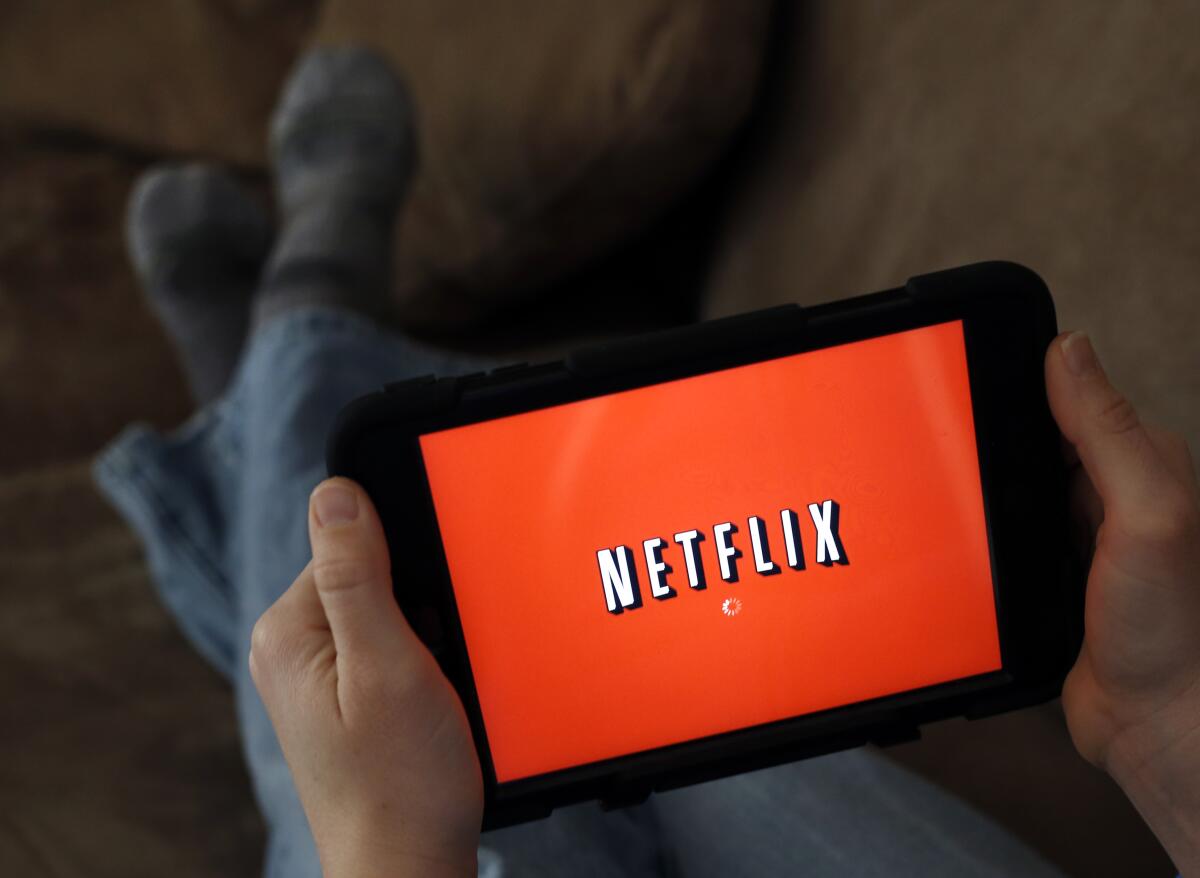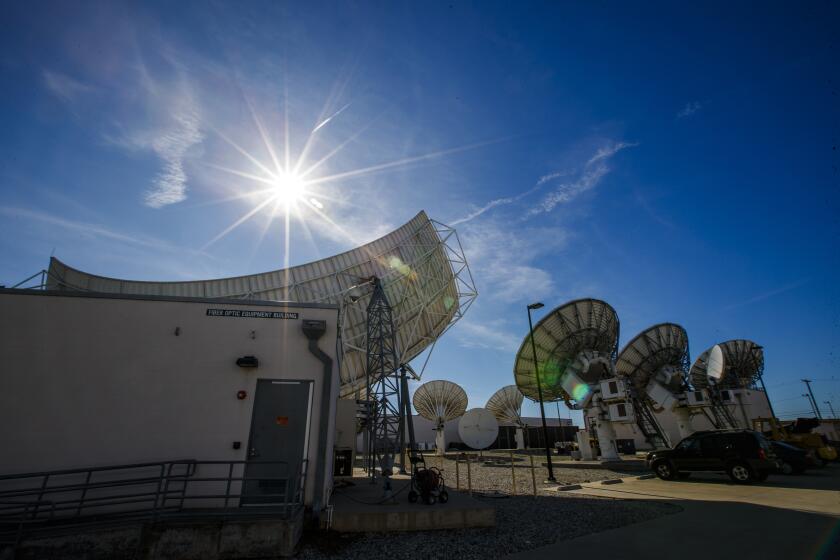After the pandemic ends, streaming binge will continue, report says

Before the pandemic, Wing Lam and his wife, Kelly, used to go out three nights a week. Now, it’s just one night.
To entertain themselves, 59-year-old Lam, already a Netflix subscriber, paid for two additional streaming platforms — HBO Max and Disney+ — to watch new films this year. He has no plans to cancel them, even as theaters have reopened.
“As long as we can get movies at home, at the comfort of your house without having someone breathing on you and telling me what to do — we might wait a little bit longer,” said Lam, a co-founder of Tustin-based Wahoo’s Fish Taco.
Even as businesses reopen, many consumers such as Lam are sticking to new entertainment habits they developed during the pandemic. Among 1,000 U.S. consumers surveyed in April, 67% said they plan to continue to spend more time consuming entertainment than they did before the COVID-19 pandemic, according to report released Friday by United Talent Agency.
Shelter-at-home efforts accelerated the pace of cable cord cutting and the migration of consumers to streaming platforms, with 56% of consumers surveyed saying they added at least one subscription streaming service. After the pandemic, 71% of those surveyed said they plan to use more than one subscription video streaming service, according to the UTA report.
The findings challenge the notion that consumers wouldn’t pay for more than two streaming services in a crowded marketplace.
Consumers have learned they have options and more control over their schedules — whether it’s reducing their commute by working remotely or relying on Amazon Prime to deliver paper towels instead of making that trip to the store.
“We’re reconsidering the way we utilize our time,” said Joe Kessler, global head of UTA IQ, a research, analytics and digital strategy division of the agency. “We’ve developed efficiencies from the pandemic.”
Kessler said those changes open up more opportunities for talent to reach their audiences.
“The pandemic was all about disruption,” Kessler said. “In fact, one can conclude, as many have, that this was the most significant social and business disruption since World War II.”
Netflix is forging ahead into the podcast space with new hires and entertaining pitches for audio productions.
Consumers are more open to try out new formats or types of content, including documentaries, educational videos and foreign dramas such as the French thriller “Lupin,” the report noted.
In addition to streaming services, consumers also spent a lot of time on social media during the pandemic, becoming more familiar with platforms such as Cameo that allow consumers to pay for personalized, exclusive content.
Additionally, UTA’s report found that 20% of consumers surveyed said they would be more willing to pay for exclusive content from influencers and celebrities than they were before COVID-19.
TikTok, a popular based social video app owned by China-based ByteDance, has seen explosive growth this year amid the coronavirus crisis. The company has plans to hire more people, including at its Culver City office.
One in four consumers also believe fans will have more control over the content that influencers create after COVID-19, whether that’s picking the lineup for a live show or what gets made, the report said.
Kessler said that he hopes the findings of the study will encourage more talent to experiment with new ways to reach fans.
“We’ve got a ready-made universe of consumers who want it,” Kessler said, adding there is also a vibrant community of technology disruptors that is working on new forms of entertainment for their audience. “This is the time to experiment. This is the time to try new things.”
More to Read
Inside the business of entertainment
The Wide Shot brings you news, analysis and insights on everything from streaming wars to production — and what it all means for the future.
You may occasionally receive promotional content from the Los Angeles Times.













